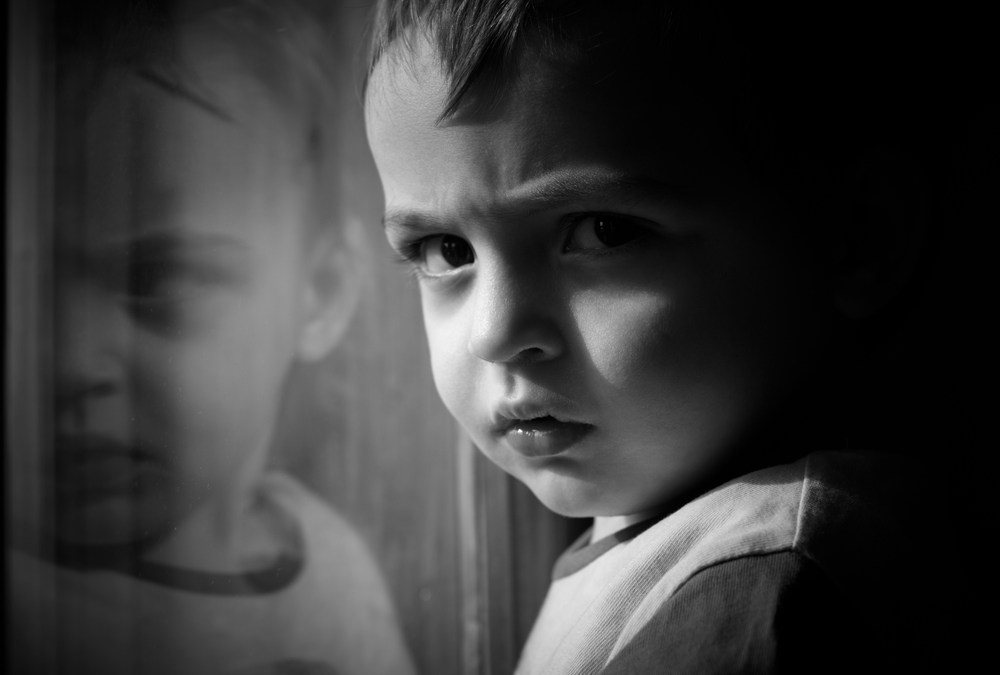Early childhood education can be difficult, as teachers are tasked with not only getting kids started in academic subjects, but teaching them to socialize with one another and with adults outside of their immediate families. That can be stressful for teachers, students, and parents, and there are a multitude of techniques that teachers have tried to apply to classrooms in order to make things easier.
One popular model is the behavior chart, a mounted poster where clips with students’ names on them are moved between different colors regions that indicate the behavior of the student in question.
While for some classrooms these behavior charts work well, they can have a negative impact on some children. Many kids who end up in zones indicating bad behavior are not actually bad kids. They could be dealing with any number of medical issues or problems in their home lives that make it hard to focus or do what they’re told. Seeing their name constantly in the “red” part of the chart can harm their self-worth, convincing them that they aren’t good enough for their teacher or for their class.
This isn’t a good way to start down the academic path, and such issues can be compounded over time. No kindergarten student should question their own worth, or come to hate themselves because their teacher put their name in the “bad” zone of the chart.
The behavior chart is stressful even for the kids in the “green” zone. Those kids are working hard to make sure that they live up to the expectations which have been set for them, something that, again, young children shouldn’t be expecting to have to do.
Of course, good behavior should be rewarded and poor behavior discouraged, but there are many ways, including “Take a Break” spaces, to do that without negatively impacting the children we’re trying to teach.



As a teacher, I have used behavior charts in a multitude of ways. The best way, if you are posting it on the wall, is to have all kids start at baseline and earn plus points for good behavior. Their goal is to get as many plus points as possible during the day. That way, you’re rewarding good behavior rather than punishing bad. That completely changes the feeling of the chart.
Or, you can post a small behavior chart on a child’s desk. You disguise it as a check-in sheet where you can have the child do self-assessments or you can ask them to “check” their behaviors throughout the day. Reward good days with some small treat such as lunch with the teacher. That also gives you a chance to communicate more with the child and form a positive relationship.
One note – pretty much all teachers are fully aware of medical issues. They have plans for those called 504s. We try to find out as much as possible about what is happening at home through communication with family members. There is a very low chance of creating a behavior chart for a child you don’t know much about. That would just be poor teaching.
Thank you so much for your input. We’re glad to hear that you and many other teachers not only understand what’s going on with a child’s medical and home life, but that you’re using behavior charts in a positive way rather than a positive/negative one. The personalized “check in” sheet also seems like a fantastic idea because it doesn’t penalize the child for “bad” behavior in front of the whole class.